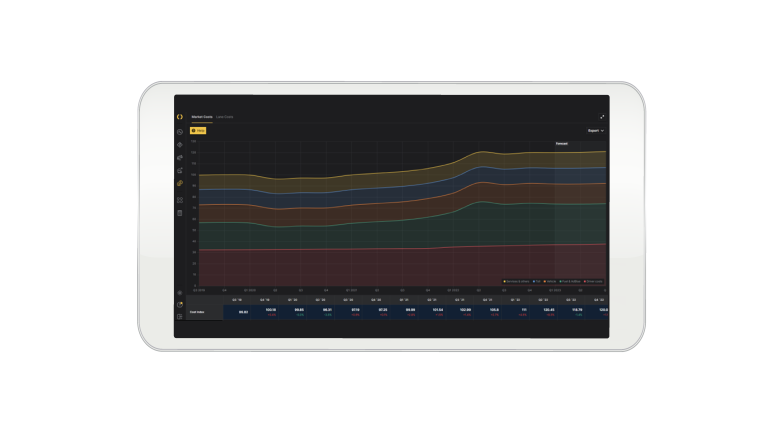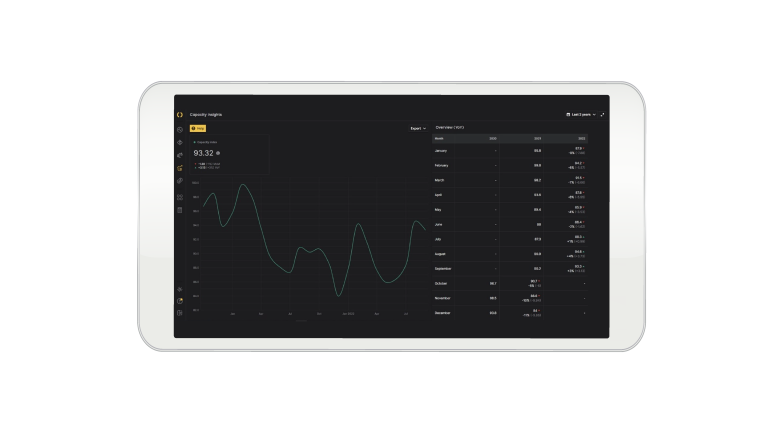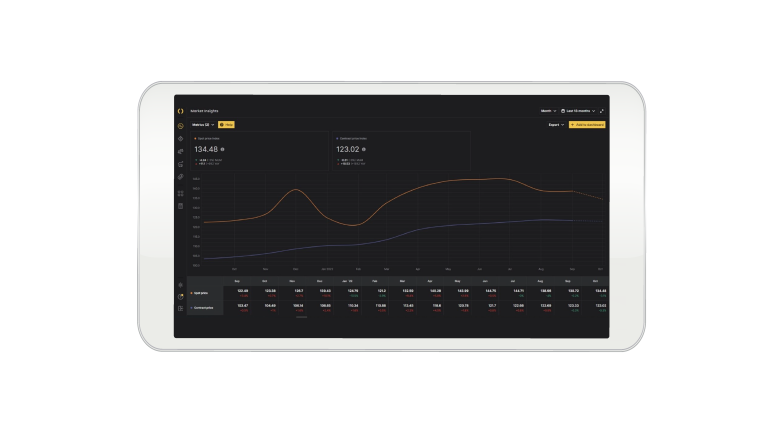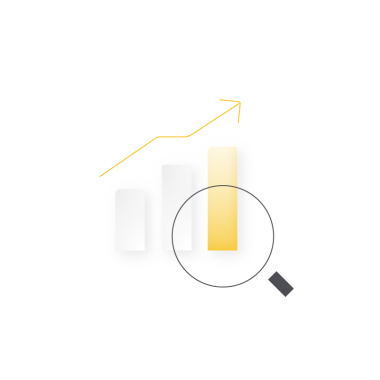Author’s note: I was asked by Transporeon to look at what is happening in the European transportation market and they provided me with access to their Transporeon Insights market data for additional insights and perspective. This post is an excerpt of my comments from the October 2022 Transporeon Journal video commentary. I encourage you to watch the full video commentary for more insights about the European transportation market.
From a supply chain and logistics perspective, 2022 has proven itself to be as challenging and volatile as the previous two years. It feels like a long time since we started the year with yet another Covid-19 variant (Omicron), but not so long time since the tragic news of war breaking out between Russia and Ukraine. As the war continues today, levels of risk and uncertainty remain high.
In tandem, supply chain and logistics professionals find themselves wrestling with a weak economic environment in which growth has slowed and record inflation is impossible to escape.
Nonetheless, companies must continue to look ahead regardless of how difficult things are right now – and as they set their strategies and budgets for the next 12 months, they’re all asking the same question: “What do you think will happen next year?”
No one knows with certainty – even without global crises, the transportation market can still surprise us. However, today’s circumstances demand change as legacy inefficiencies simply become more and more expensive to hold on to.
With greater access to real-time data and information than ever, it’s easier to stay informed about what’s going on – from regulations, economic conditions, geopolitical activities, transportation and labor markets, to the competitive landscape, emerging technologies and more. So, now is a great time to make sure you’re following the sources you consider the most reliable and most informative as big decisions loom.








